This “DNA origami” may facilitate the transportation of large therapeutic loads into cells
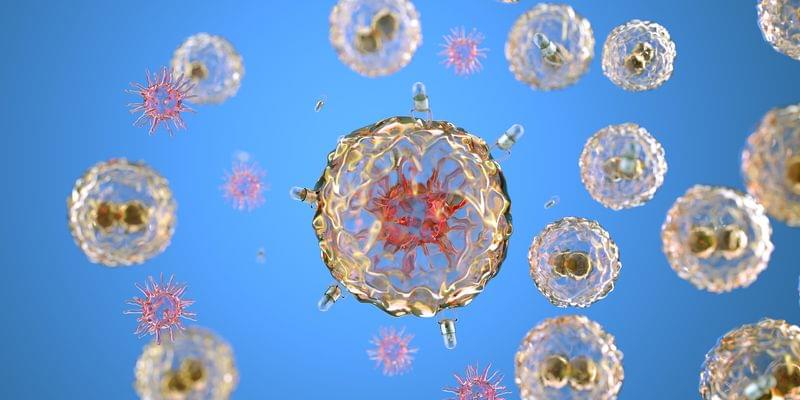

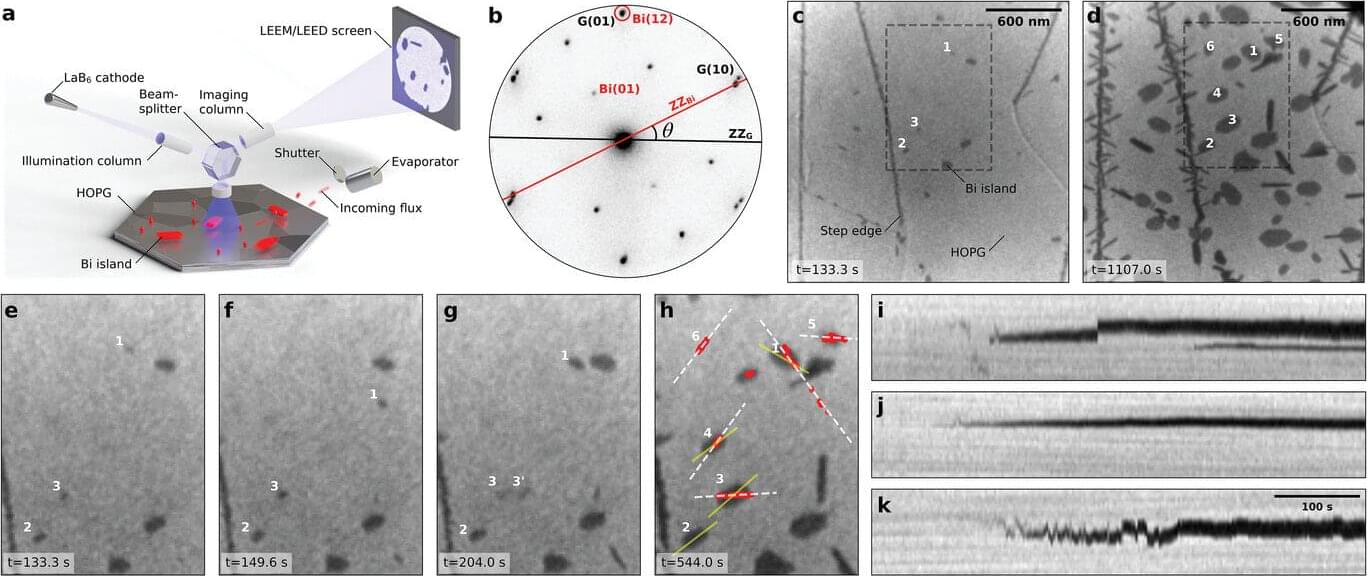
Scientists from the Faculty of Physics and Applied Informatics at the University of Lodz have published an article on friction in the journal Small. Their research on “bismuth islands” moving on the surface of graphite confirmed the existence of a totally new form of so-called superlubricity—a friction-free contact between two solid bodies.
This discovery could revolutionize the way we design nanoscale machines, and even vehicles, in the future. By understanding these processes, we can create devices that can operate much more efficiently, saving on energy and resources.
Scientists led by Dr. Hab. Paweł Kowalczyk, associate professor at the University of Lodz, have discovered a new phenomenon related to the disappearance of friction—superlubricity. This special phenomenon was observed at the contact of two solid materials, bismuth and graphite.

Aluminum alloys are widely used in transportation applications because of their high strength-to-weight ratio, as well as their affordability. However, challenges arise when using them in extremely high-strength and high-temperature applications, particularly in components such as pistons of combustion engines, fan blades of jet engines, and vacuum pumps.
At elevated temperatures, few aluminum alloys can block dislocation movements effectively, which controls the strength. Moreover, few of the designs have considered costs and sustainability metrics in the design, which are essential for high-demand industries. Titanium alloys, such as Ti-64, that are often used in fan blades, are not only heavier and not machinable, but also nearly twice as expensive.
Additive manufacturing (AM) is rapidly evolving and providing new pathways for designing innovative alloys. A recent study by Carnegie Mellon University and the Massachusetts Institute of Technology (MIT) researchers has utilized computational simulations and optimization techniques to identify a new aluminum alloy system that balances strength and cost.
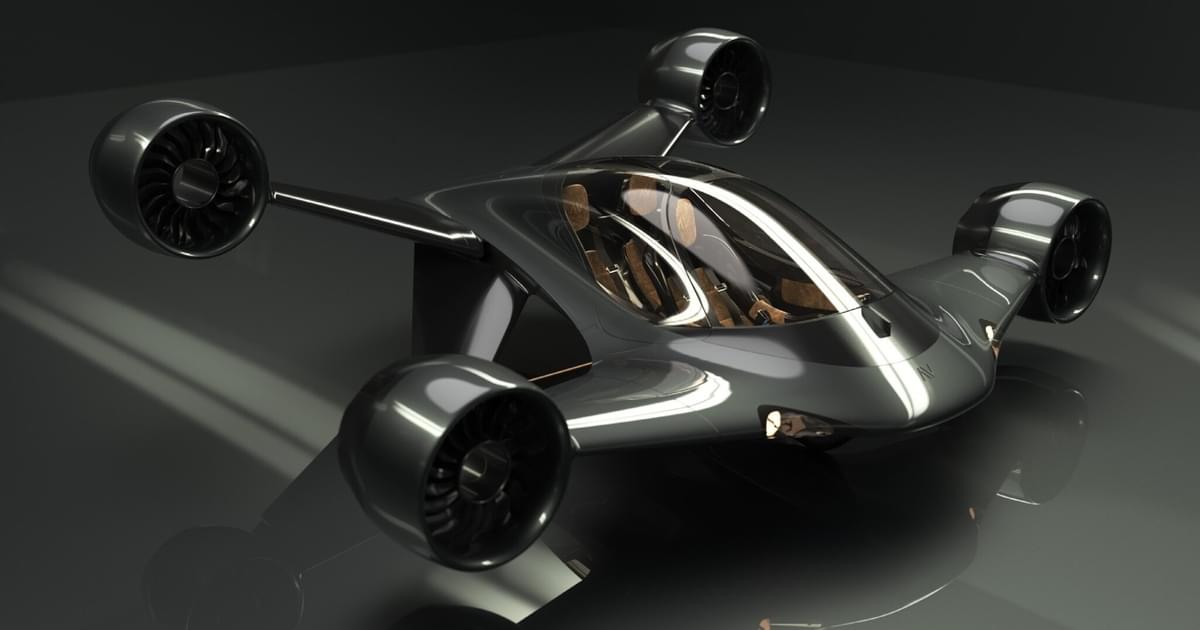
A new hybrid–electric vertical takeoff and landing vehicle aimed at personal ownership and flying has been introduced by a London startup.
The three-seater Sigma flying vehicle from AltoVolo would feature a tilting jet propulsion system with a promise of a range of 500 miles and a cruising speed of 220 mph.
The vehicle would use batteries for vertical take-off and landing and liquid fuel for long-range flight, according to the company.
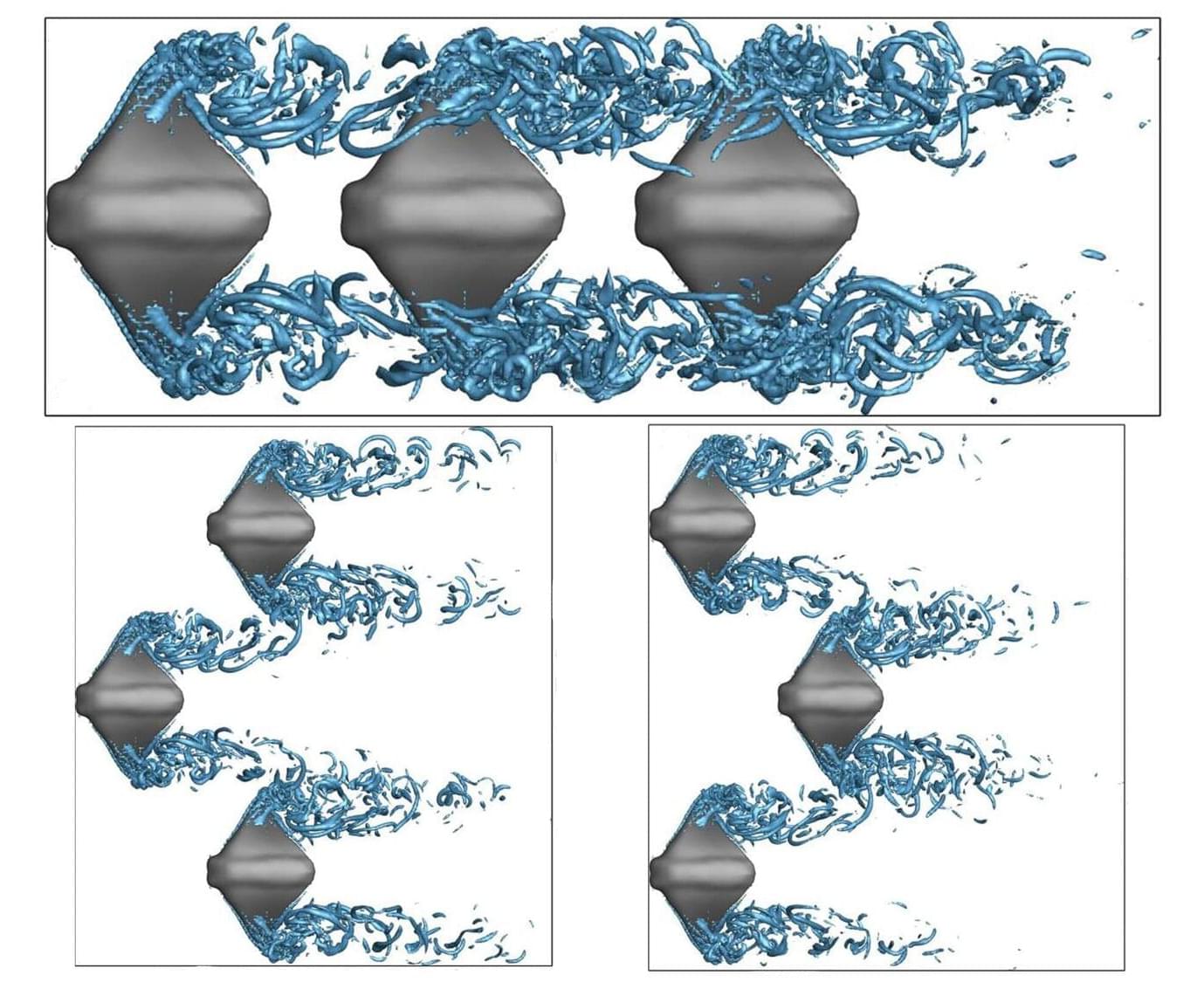
From bird flocking to fish schooling, many biological systems exhibit some type of collective motion, often to improve performance and conserve energy. Compared to other swimmers, manta rays are particularly efficient, and their large aspect ratio is useful for creating large lift compared to drag. These properties make their collective motion especially relevant to complex underwater operations.
To understand how their group dynamics affect their propulsion, researchers from Northwestern Polytechnical University (NPU) and the Ningbo Institute of NPU, in China, modeled the motions of groups of manta rays, which they present in Physics of Fluids.
“As underwater operation tasks become more complex and often require multiple underwater vehicles to carry out group operations, it is necessary to take inspiration from the group swimming of organisms to guide formations of underwater vehicles,” said author Pengcheng Gao. “Both the shape of manta rays and their propulsive performance are of great value for biomimicry.”

Eco-driving involves making small adjustments to minimize unnecessary fuel consumption. For example, as cars approach a traffic light that has turned red, “there’s no point in me driving as fast as possible to the red light,” she says. By just coasting, “I am not burning gas or electricity in the meantime.” If one car, such as an automated vehicle, slows down at the approach to an intersection, then the conventional, non-automated cars behind it will also be forced to slow down, so the impact of such efficient driving can extend far beyond just the car that is doing it.
That’s the basic idea behind eco-driving, Wu says. But to figure out the impact of such measures, “these are challenging optimization problems” involving many different factors and parameters, “so there is a wave of interest right now in how to solve hard control problems using AI.”
The new benchmark system that Wu and her collaborators developed based on urban eco-driving, which they call “IntersectionZoo,” is intended to help address part of that need. The benchmark was described in detail in a paper presented at the 2025 International Conference on Learning Representation in Singapore.
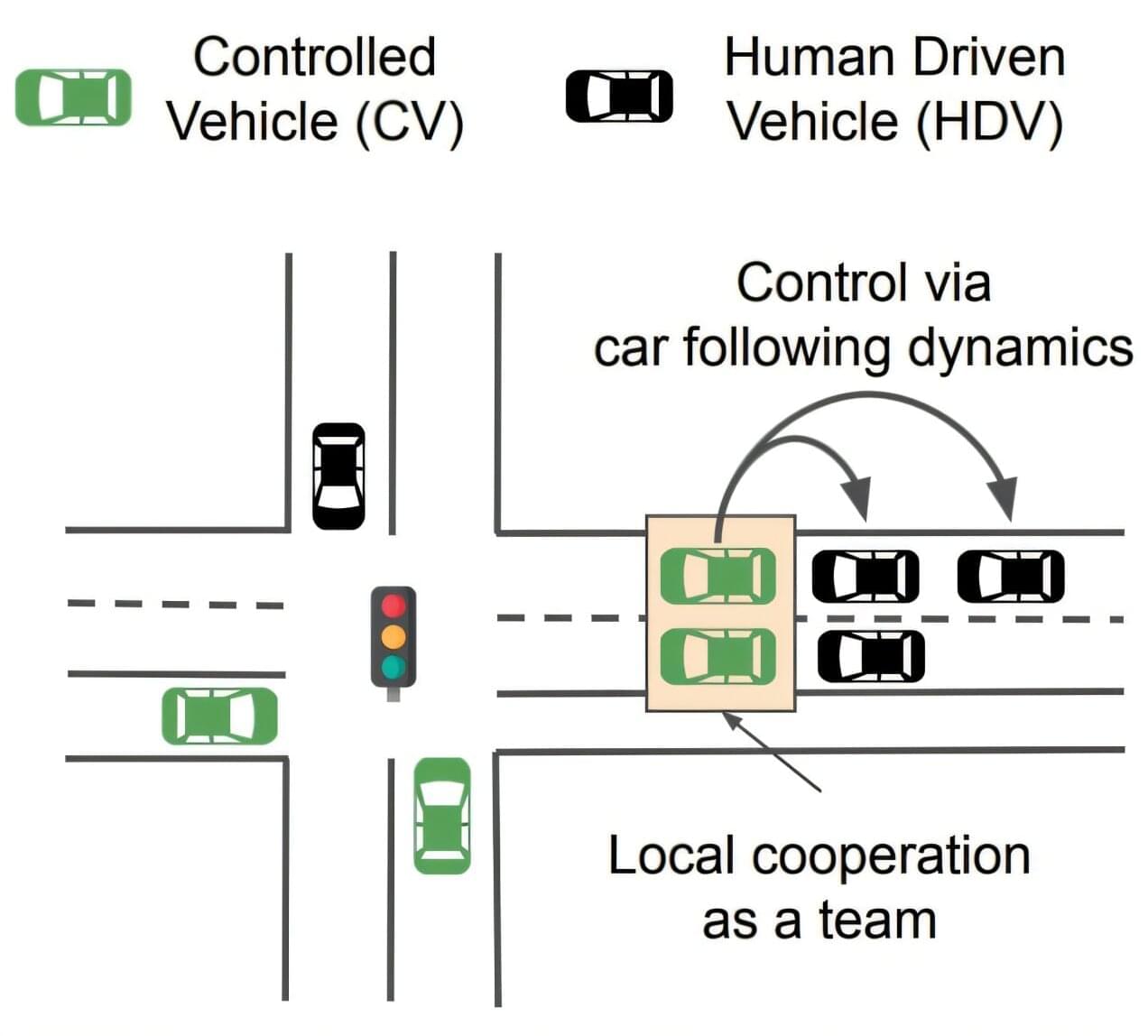
If there’s one thing that characterizes driving in any major city, it’s the constant stop-and-go as traffic lights change and as cars and trucks merge and separate and turn and park. This constant stopping and starting is extremely inefficient, driving up the amount of pollution, including greenhouse gases, that gets emitted per mile of driving.
One approach to counter this is known as eco-driving, which can be installed as a control system in autonomous vehicles to improve their efficiency.
How much of a difference could that make? Would the impact of such systems in reducing emissions be worth the investment in the technology? Addressing such questions is one of a broad category of optimization problems that have been difficult for researchers to address, and it has been difficult to test the solutions they come up with. These are problems that involve many different agents, such as the many different kinds of vehicles in a city, and different factors that influence their emissions, including speed, weather, road conditions, and traffic light timing.

Whether designing a window in an airliner or a cable conduit for an engine, manufacturers devote a lot of effort to reinforcing openings for structural integrity. But the reinforcement is rarely perfect and often creates structural weaknesses elsewhere.
Now, engineers at Princeton and Georgia Institute of Technology have developed a technique that can maintain structural integrity by essentially hiding the opening from the surrounding forces. Rather than reinforcing the opening to protect against a few select forces, the new approach reorganizes nearly any set of forces that could affect the surrounding material to avoid the opening.
In an article, titled “Unbiased Mechanical Cloaks” in the Proceedings of the National Academy of Sciences, the researchers said they surrounded openings with microstructures designed to protect against many loads—external forces that cause stress, movement or deformation. The microstructures’ shape and orientation are calibrated to work with the most challenging loads facing the structure, allowing designers to counter multiple stresses at once.

Discovering new, powerful electrolytes is one of the major bottlenecks in designing next-generation batteries for electric vehicles, phones, laptops and grid-scale energy storage.
The most stable electrolytes are not always the most conductive. The most efficient batteries are not always the most stable. And so on.
“The electrodes have to satisfy very different properties at the same time. They always conflict with each other,” said Ritesh Kumar, an Eric and Wendy Schimdt AI in Science Postdoctoral Fellow working in the Amanchukwu Lab at the University of Chicago Pritzker School of Molecular Engineering (UChicago PME).
